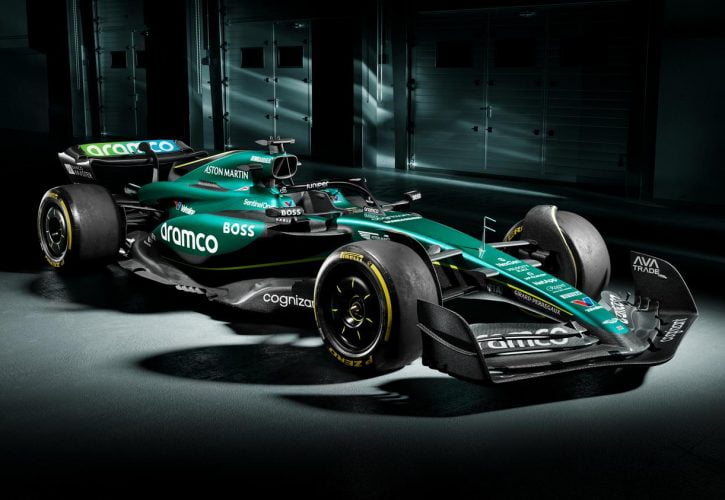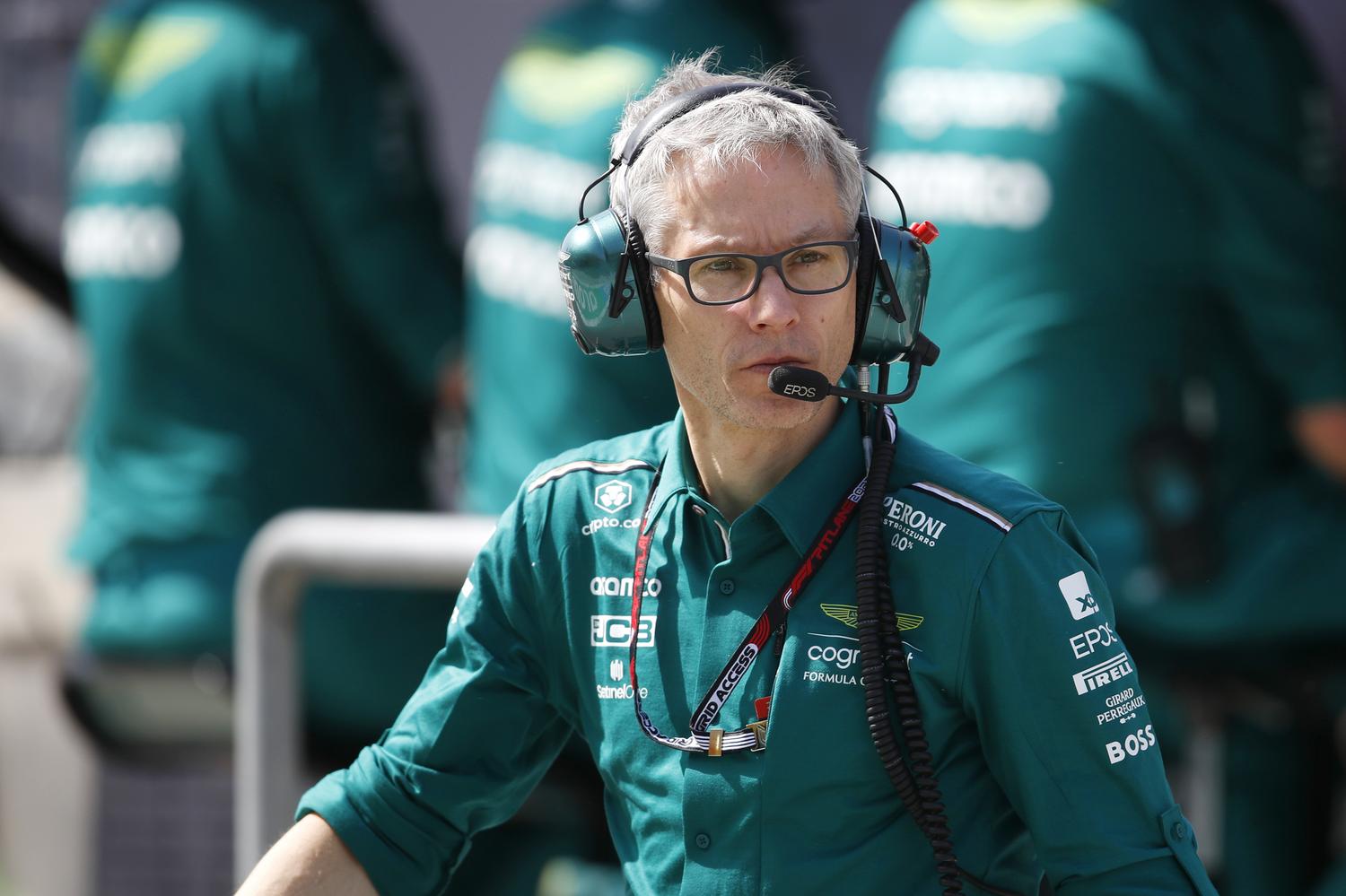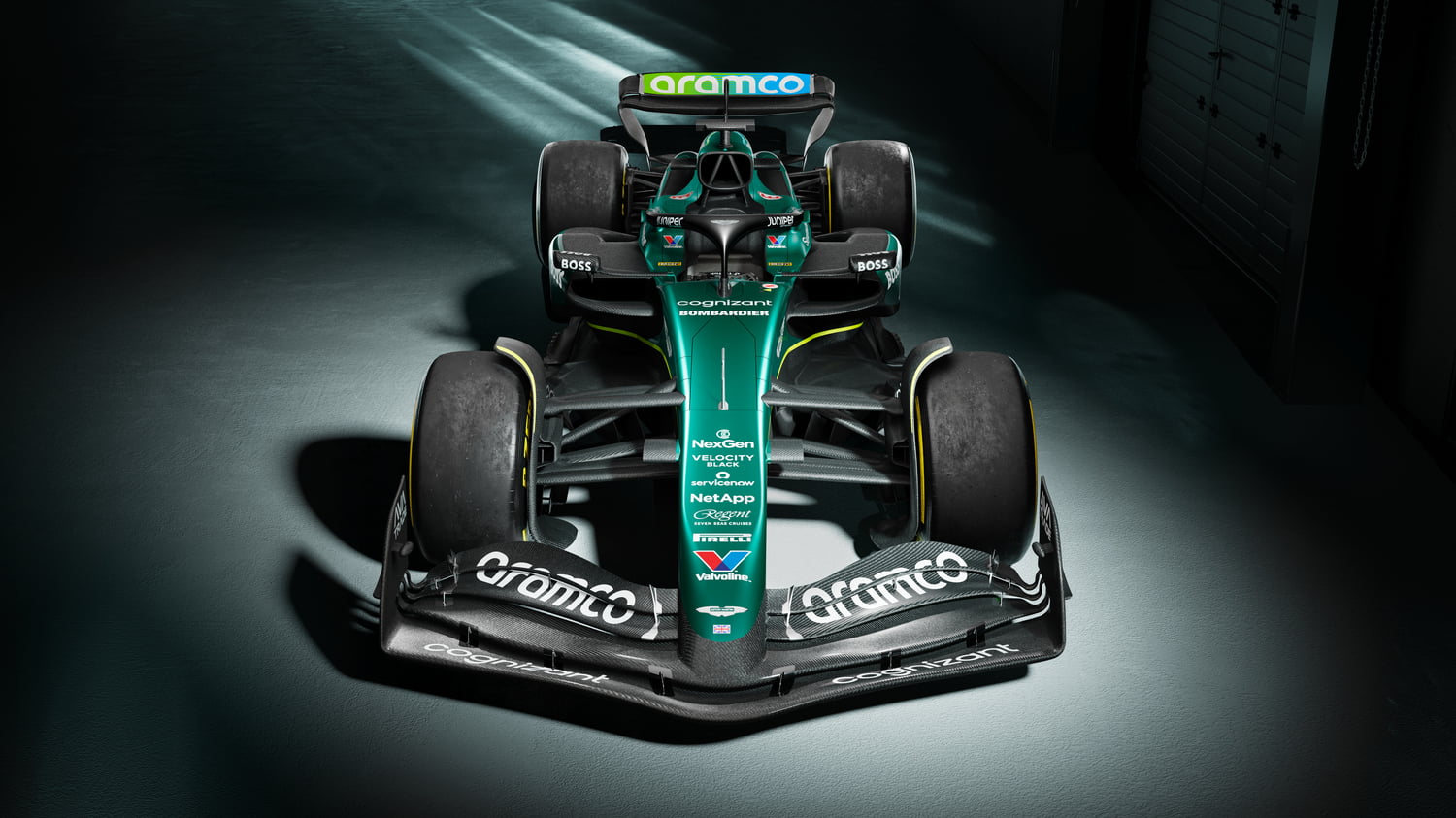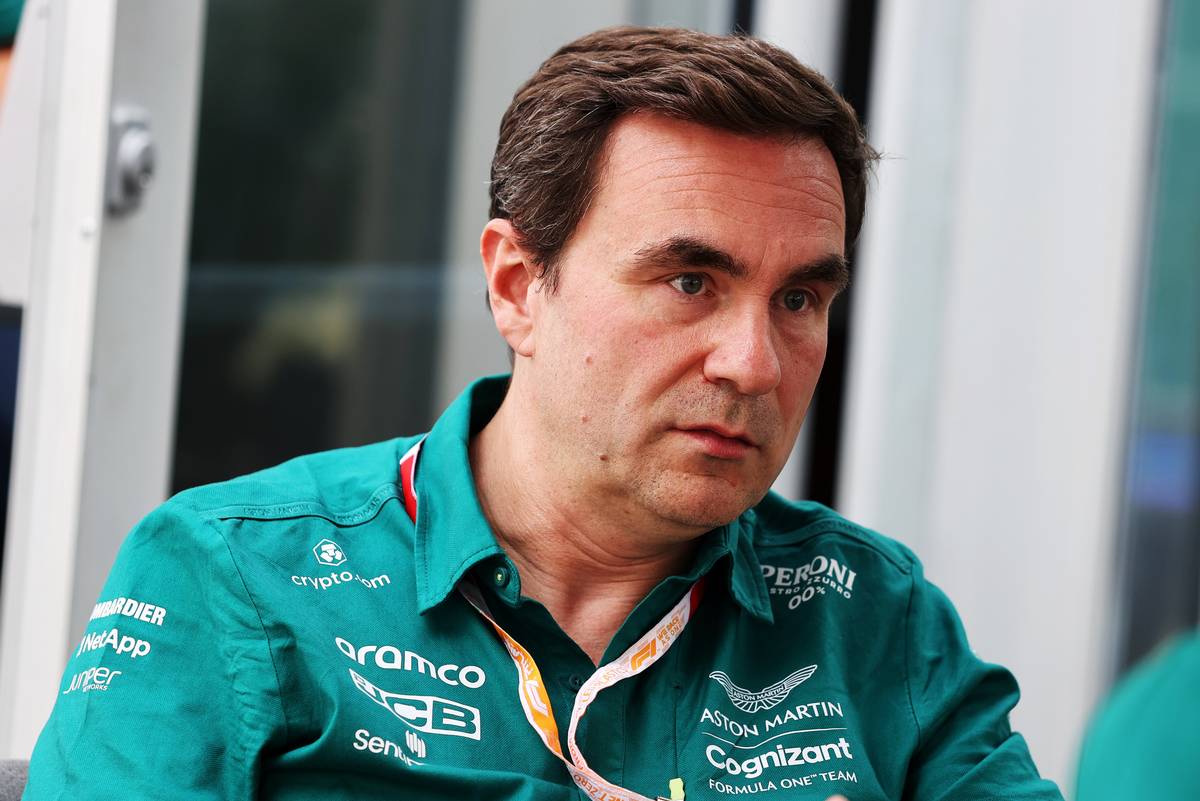
The Aston Martin F1 team has pulled the cover off its 2024 F1 contender, the AMR24, a car billed as a significantly “refined and improved” version of its predecessor.
With its new design, the Silverstone-based outfit aims to solidify its place among F1’s top contenders, a position it earned in the first half of last season thanks to a remarkable run of podiums finishes by veteran driver Fernando Alonso.
However, the tide turned mid-season. Upgrades seemingly backfired, and the team struggled to hold its own in the upper tier of the Constructors’ standings, ultimately finishing the year fifth in the running order.
Undeterred, Aston Martin has spent the off-season dissecting the flaws of 2023.
The AMR24 reflects this introspection, boasting refinements in nearly every area.
“We are proud to debut the AMR24,” said Aston team boss Mike Krack.
“It is the result of a huge effort by the whole team at our new AMR Technology Campus and it will allow the team to take another step forward in 2024.
"Since the last race in 2023, everyone has been hyper-focused on improvements in every area, concentrating our efforts on what really makes a difference, what really matters to be better.
Almost every area of the car has been refined and improved, building on our strengths, and taking on board the lessons of the previous campaign.
“2023 was our best season to date and our goal this season is to score regular points, podiums, and fight for our first win in green.”

Aston Martin team principal Mike Krack.
While boasting refinements across the board, the AMR24 isn't simply an incremental upgrade from its 2023 predecessor.
Keen eyes will spot immediate differences, particularly in the sleek, sculpted nose and redesigned front wing.
These aren't cosmetic tweaks; they represent a strategic shift towards improved outwash, aiming to alleviate downforce limitations encountered in the previous season.
Aston’s engineers have also switched to a push-rod rear suspension configuration, a stark departure from last year's pull-rod design.
This bold decision stems from the team’s partnership with Mercedes, granting them access to customer parts.

Aston Technical Director Dan Fallows emphasizes that it's not a complete overhaul, but rather a calculated integration of proven technology to address previous shortcomings.
“Even with the stable regulations, there are endless possibilities for refinement,” commented Fallows.
“I would call the AMR24 a strong evolution of last year’s car and it does look quite different with many new parts to give us a strong platform for development.
“The chassis design is new, as well as the nose, front wing, front suspension and rear suspension. We want to compete in the development race this season and this car is designed to do just that.
“Another area of focus has been to broaden the car’s operating window. We have focused on more versatility for a wider range of specific circuit characteristics.
“We want a race car that is more of an all-rounder. We believe the AMR24 provides the ideal platform for in-season development and a sustained season-long challenge.”

Aston Martin techncial director Dan Fallows.
The current era of F1 regulations have placed huge emphasis on the floor and sidepod design. On the AMR24, an overhaul of the sidepods and bodywork has been undertaken to improve airflow management around the floor and over the rear wing.
“The floor is the biggest area of downforce generation on an F1 car and it’s constantly being evolved. Getting it right will be of paramount importance to our success in 2024,” added Fallows.
The British engineer further explained that the front suspension has been altered to improve performance in conjunction with the front wing and floor while the rear suspension has been “optimised to maximise efficiency of air flow around the rear wing”, accommodating Mercedes’ latest power unit and gearbox.
“Work has been done on both ends of the car’s suspension,” he said. “The front will work more efficiently alongside the front wing, and aero work has been done at the rear to optimise our layout in that area.”
Keep up to date with all the F1 news via Facebook and Twitter







